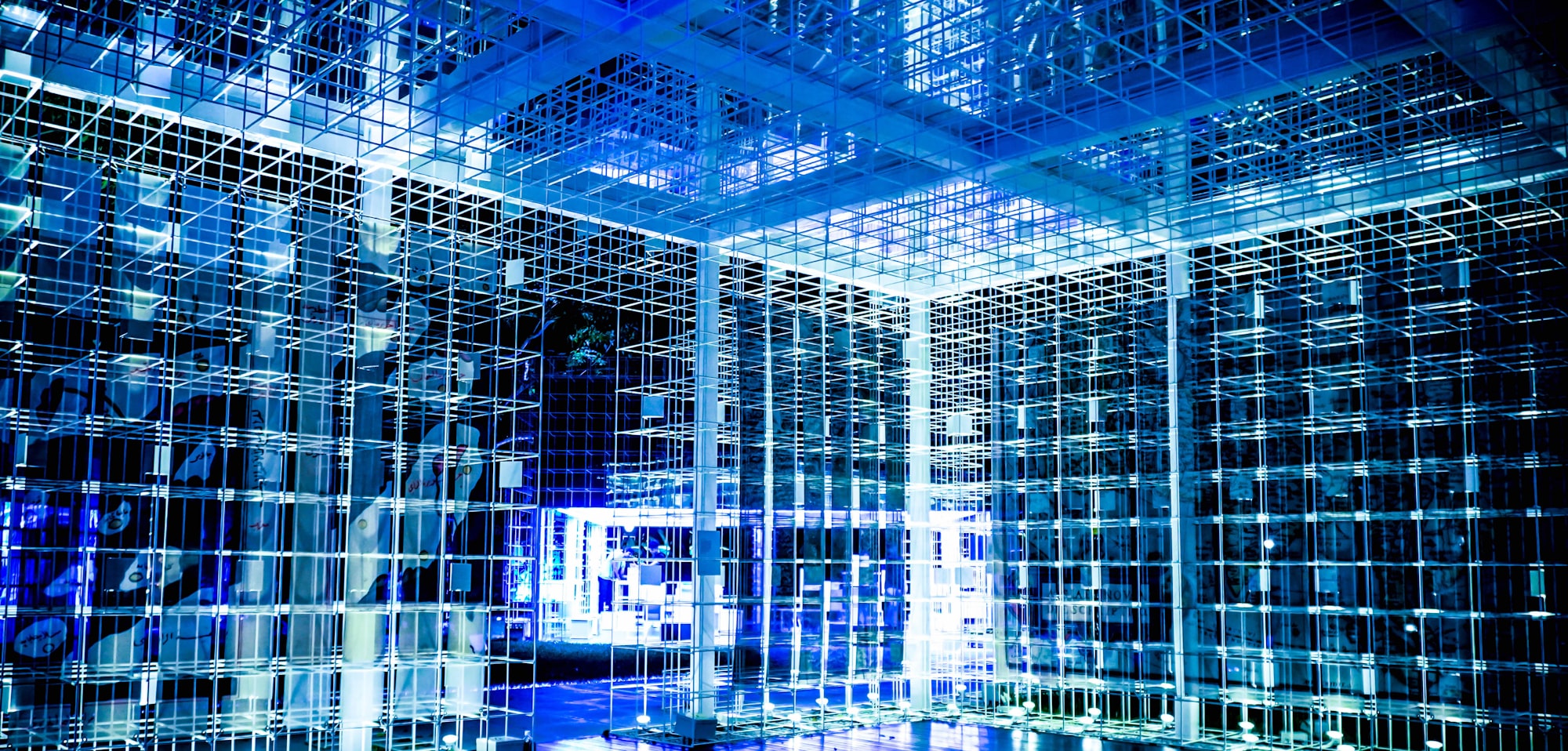Unigrid IaaS (Internet As A Service)
Join us, as we discuss the market share potential of Unigrid and the scope of the network.

Since the advent of the internet in the 1960's the internet has been nodes communicating with each other. What we plan on doing with Unigrid is decentralizing these nodes to where anyone can partake in being a host node on the internet. The name we have chosen to give our nodes are gridnodes. We believe this better exemplifies what they are as we incorporate sharding of data across the nodes.

The current internet is dominated by large multinational conglomerates. With names like Google, Microsoft and Amazon eating up vast sums of the total market. Amazon Web Services (AWS) is said to have 49.4% market share. We for one see this as problematic.
For one, almost 50% of all internet data is stored on servers owned by a single entity. This also means that 50% of the internet traffic is routed through Amazons servers. For privacy and security reasons this solution is just not sustainable as hackers become more advanced and governments infringe on your data privacy.
According to the research company Gartner the total market share for IaaS cloud infrastructure in 2019 was $38.9 billion with a projected growth to $76.6 billion by 2022. If we look at these numbers you can not only see how much money Amazon is earning per year ($18.67 billion per year), you also see the potential for competition.

Our first goal with Unigrid is to implement decentralized data storage with compute cycles. We believe that not only will private individuals want to take advantage of this but also businesses who require secure data to function. One example would be the health industry. We believe it should be the consumer only who allows this data to be accessed and shared. Something that is just not possible with their current model of how they collect your data and share it.
How will a Unigrid gridnode fit into all of this? A gridnode is similar in function to a masternode which runs on blockchains like DASH. On the Unigrid network we will have both masternodes and gridnodes. The main difference being there are no strict requirments to run a masternode. With a gridnode there will be requirements to participate in the network. Examples would be amount of RAM, storage capacity, processing speed, and network connection. With each of these gridnodes will be scored based on how they rank compared to other gridnodes.
In a regular masternode scoring and rewards is based off a list. The network simply stores this list into memory and will cycle through each block to select the next winner. With the Unigrid network and gridnodes scoring and rewards will function a little bit differently. For example when a request is made to store data on the network there will be a check on all active gridnodes. This check will see which gridnode has received the last reward plus scan the scores of each gridnode. Once a winner is selected this gridnode will perform the task of collecting the data submitted and working with the other gridnodes to shard it across the network. This sharding will allow our network to scale very easily.
From first contact with the network your data is encrypted and then sharded making it practically impossible for anyone else to access this data without a key.

What kind of potential do we see for growth and why is it worth running a gridnode? Let's start this off by stating that a gridnode will require certain amount of work and funding to maintain. Firstly you will need to have access to good VPS on the internet. So there will be monthly costs in running this as well as the cost to purchase the 3000 Unigrid at the start to run one. The better your machine is running the gridnode the higher your score will be on the network.
Taking the numbers we explored earlier on what the total market cap is per year for IaaS let's do some maths! Say for example we set a goal to reach 0.01% of the total market by 2021 when the market is projected to reach $61.9 billion per year. This would equal $6,190,000 revenue on the Unigrid network alone!
If at this time we have 1000 gridnodes running on the network not counting masternodes (as of this article there are 573 running masternodes which is roughly 31% of the current circulating supply). This would mean each gridnode would have a potential earning of $6190 per year. When you consider the average ROI per year is 10% this means the average investor would expect to see this kind of return from an investment of $61,900.
Now we are purposefully setting expectations low here at 0.01% market share which we believe is extremely realistic. Say for example the adoption exceeds our expectations and reaches 0.05% market share. This would equate to $30,950,000 per year being contributed to the Unigrid network. If the gridnode count is the same at 1000 this would equal a potential earning of $30,950 per gridnode in that year. Again considering the average investor expects 10% return per year which they would get back from an investment of $309,500.
We are purposefully leaving out what we "think" the price of Unigrid might be at this time. As it would just be pure speculation and also make some others consider Unigrid to be a security if there is a promise in price increase which we are not. We really have no idea how the price of the coin itself will move based on these numbers. The Unigrid token in itself is the actual currency of the network so what we are calculating above is costs to purchase the coin to supply the network with it's internal funding. These numbers are based off projected market share and data of IaaS growth per year.
If you interested in more information join the discord server or check out unigrid.org.






